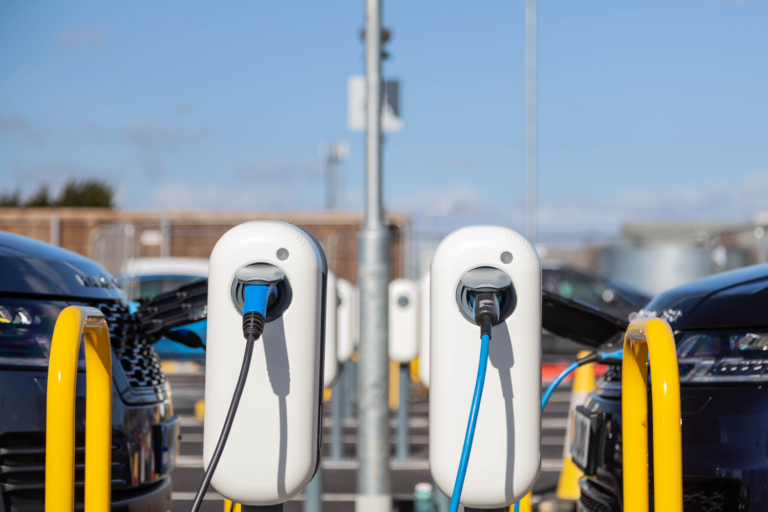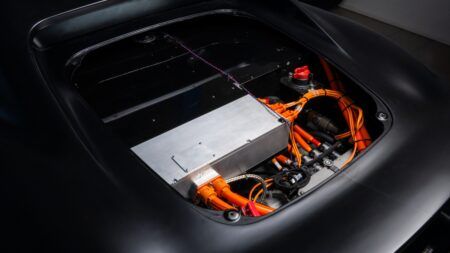Since the first UK charging stations were introduced in 2012, they now outnumber the total number of fuel forecourts to pump petrol by over 1,000.
With 9,300 EV charging locations compared to 8,400 fuel stations, this is a clear sign of the times that a shift in infrastructure is occurring. The crossover was predicted by Nissan to happen by August 2020, but as a result of the accelerating adoption of EVs by consumers and government investment, this has happened a lot sooner.
Transport for London has installed more than 1,000 EV charge points in the last year alone, yet supply of conventional fuel within the capital is becoming scarcer. Central London has nearly half as many petrol stations per car as the Scottish Highlands; only four remain within the congestion-charge zone. One of the country’s oldest forecourts, the Bloomsbury Service Station, which had been in operation since 1926, was closed in 2008.
Also, the introduction of the new Ultra-Low Emission Zone (ULEZ) in April 2019, has led to increasing numbers of London drivers looking to zero-emission solutions for their commuter or commercial transport needs.
The number of fuel stations in the UK saw a boom in the 1970s with 37,539 in operation. This has seen a sharp decline over the following decades with almost 80% of those closed. The opposite can be said for EV charging stations with over 8,000 new locations introduced in just seven years.





